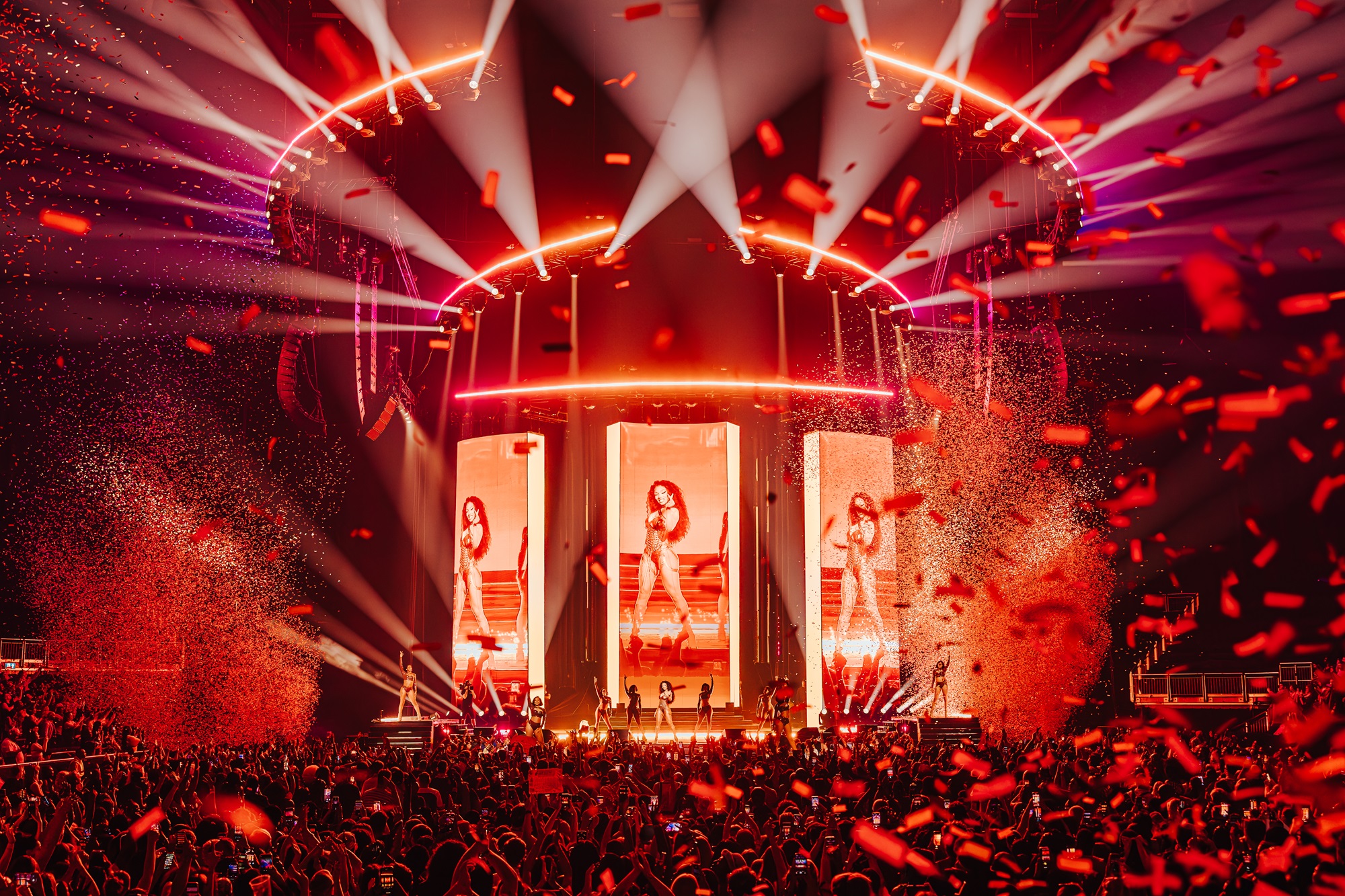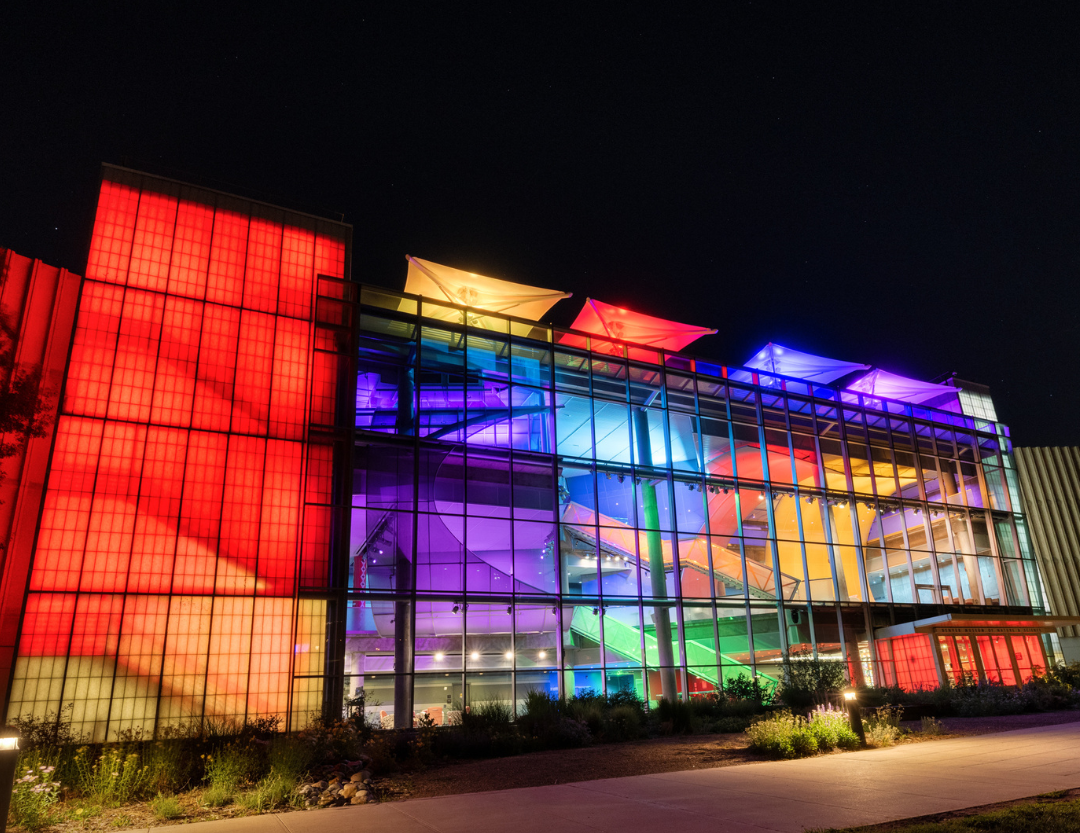WASHINGTON, DC — The U.S. Department of Energy (DOE) honored Philips Color Kinetics with a "Significant Achievement in Solid-State Lighting Research & Development" award. It was the second year for the company's research efforts to be chosen to join a select few from more than 50 DOE-funded projects for the honor. According to test results, Philips’ lamp in development is more efficient than comparable LED PAR 38 lamps on the market, and almost five times more efficient than most incandescent lamps. At 70 lumens of light per watt of energy, the lamp would meet or exceed the efficacy (lumens per watt) of most other light sources. By comparison, incandescent PAR lamps typically generate between 12 to 15 lumens of light per watt of energy.
The project is being funded by a $1.7 million grant from the DOE. It incorporates a three-pronged approach including LED package and system integration technology, driver technology and a different optical arrangement with a goal of making LEDs more useful for general illumination.
Lighting accounts for 22 percent of America’s total electricity use, yet most of today’s buildings are lit by dated systems that lack the efficiencies of newer technologies such as LEDs. A 2006 DOE report estimated that the use of solid-state lighting could yield $228 billion in energy savings over 20 years.
“More than purely a research project, this program has clear-cut performance and commercialization goals that will drive LED sources further into mainstream lighting,” said Jeff Cassis, CEO of Philips Color Kinetics. “The call for energy-efficient lighting choices has never been greater, and we’re on track to deliver a fully integrated lamp with widespread market potential.”
While LEDs have become viable for a fast-growing number of applications, from architectural flood lighting to retail display lighting, there is tremendous demand for replacement lamps or bulbs that match the look, feel and simple socket-base of traditional sources. To achieve this in a practical way, engineers need to overcome optical and thermal issues that are unique to LEDs. Philips’ lamp, an LED-based PAR 38, is intended to make it easy to replace existing sources without sacrificing quality of light.
For more information, please visit www.colorkinetics.com and www.philips.com.


